Big cats have long captivated our imaginations with their grace, power, and beauty. However, many of these magnificent creatures are facing dire threats that put their very existence at risk. While we often hear about the plight of the more well-known species like the tiger and the lion, there are several other big cats that are equally endangered but fly under the radar. In this article, we will explore eight big cats that are more endangered than you might think, shedding light on their unique challenges and the urgent need for conservation efforts.
Amur Leopard
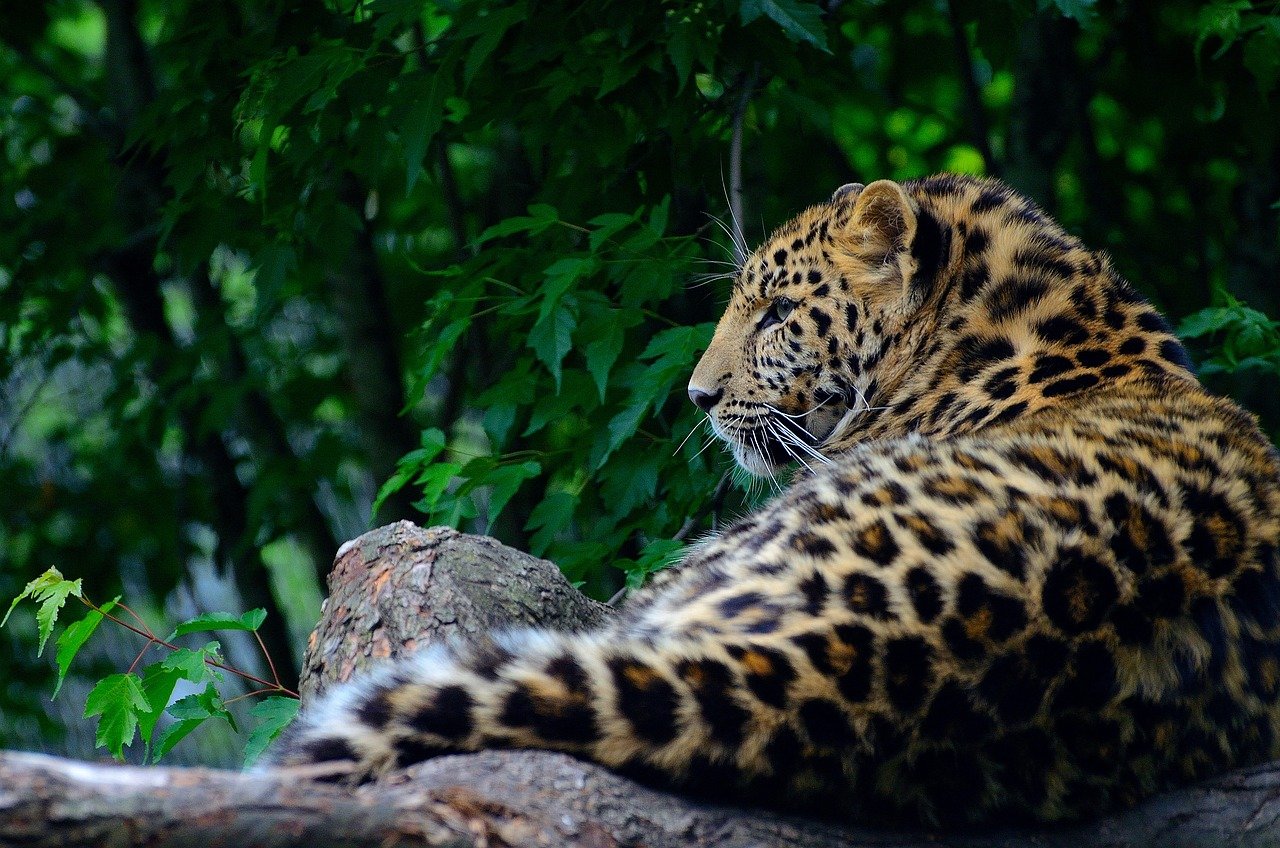
The Amur leopard, native to the temperate forests of the Russian Far East and northeastern China, is one of the rarest big cats in the world. With an estimated population of fewer than 100 individuals, this elusive feline is critically endangered. The Amur leopard’s striking coat, with its unique pattern of rosettes, makes it a target for poaching. Habitat loss due to logging, poaching, and prey depletion has severely impacted their numbers. Conservation efforts are underway, with initiatives focusing on habitat protection and anti-poaching measures. However, the Amur leopard remains on the brink of extinction, and its survival depends on continued conservation efforts and increased awareness.
Iberian Lynx
The Iberian lynx, found only in the Iberian Peninsula, is the most endangered cat species in the world. With a population of around 400 individuals, this lynx faces threats from habitat destruction, road accidents, and a decline in its primary prey, the European rabbit. Conservation programs have seen some success in recent years, with efforts to increase rabbit populations and create protected areas. However, the Iberian lynx still requires ongoing protection to ensure its survival. Public education and awareness campaigns are crucial in garnering support for conservation measures. The delicate balance of the ecosystem that supports the Iberian lynx must be maintained to prevent further decline.
Sunda Clouded Leopard
The Sunda clouded leopard inhabits the rainforests of Borneo and Sumatra. With a population that is difficult to estimate due to their elusive nature, they are classified as vulnerable. Deforestation and habitat fragmentation pose significant threats to their survival, as these big cats rely on dense forest cover for hunting and shelter. Conservationists are working to protect their habitats and raise awareness about the importance of preserving these unique big cats. Initiatives include establishing wildlife corridors and promoting sustainable land-use practices. The Sunda clouded leopard’s future hinges on the success of these conservation efforts and the commitment of local communities to protect their natural heritage.
Snow Leopard
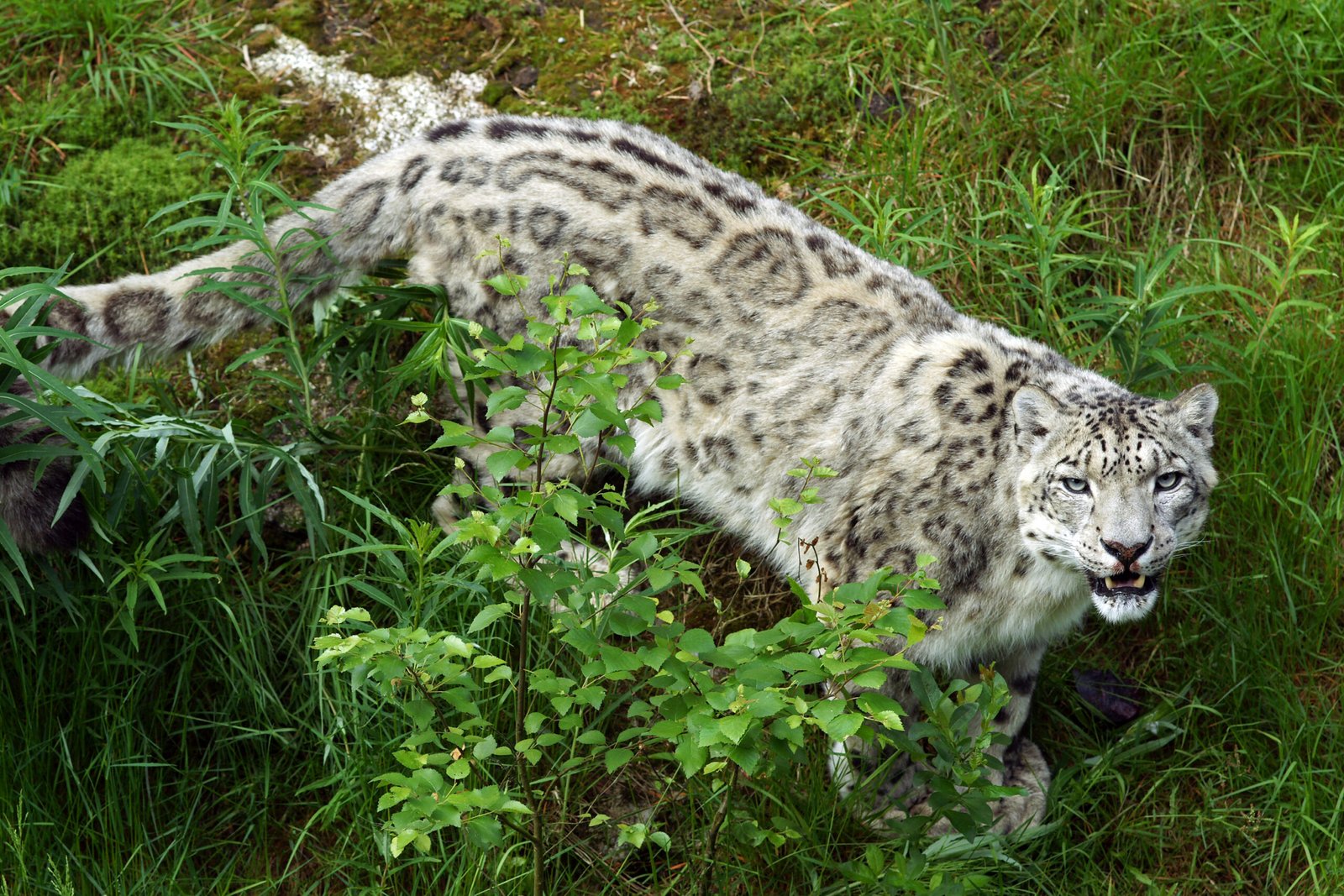
Snow leopards, known for their stunning beauty and adaptability to cold mountainous regions, are classified as vulnerable. Their population is estimated to be between 4,000 and 6,500 individuals in the wild. Poaching, retaliatory killings by herders, and habitat loss are major threats to their survival. Conservation initiatives are focused on protecting their habitats and promoting coexistence with local communities. Efforts include community-based conservation programs that provide incentives for herders to protect snow leopards. Education and awareness campaigns are also vital in changing perceptions and reducing human-wildlife conflict. The survival of the snow leopard depends on the continued collaboration between conservationists and local communities.
Pallas’s Cat
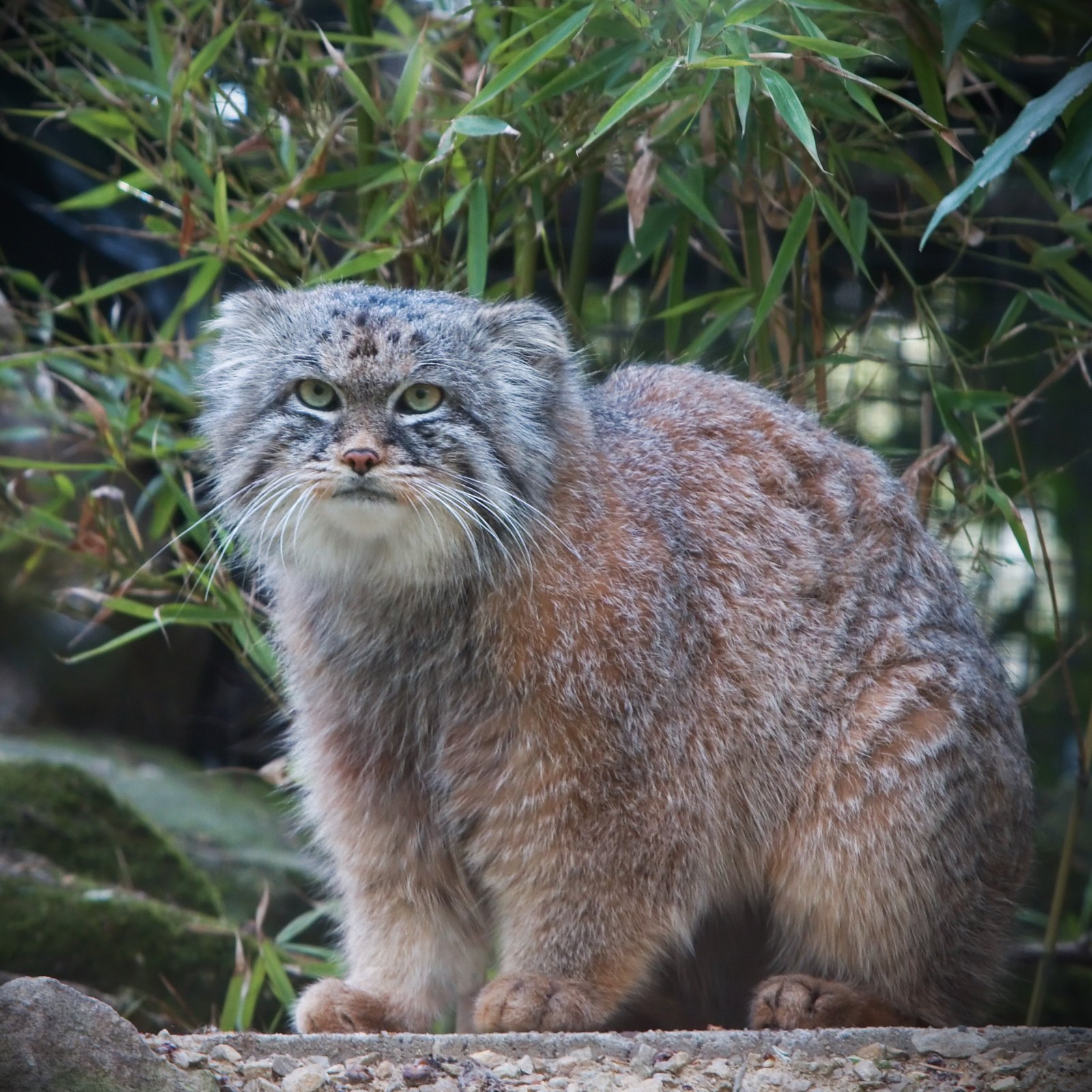
Pallas’s cat, also known as the manul, is a small wild cat native to the grasslands and steppes of Central Asia. Although not as well-known as other big cats, they are facing threats from habitat loss and hunting. Their population is declining, and they are classified as near threatened. Efforts to study and protect Pallas’s cat are crucial for their conservation. Research initiatives aim to gather more information about their ecology and behavior to inform conservation strategies. Public awareness campaigns are essential in highlighting the importance of protecting this unique species and its habitat. The future of Pallas’s cat relies on the success of these conservation efforts.
Asiatic Lion
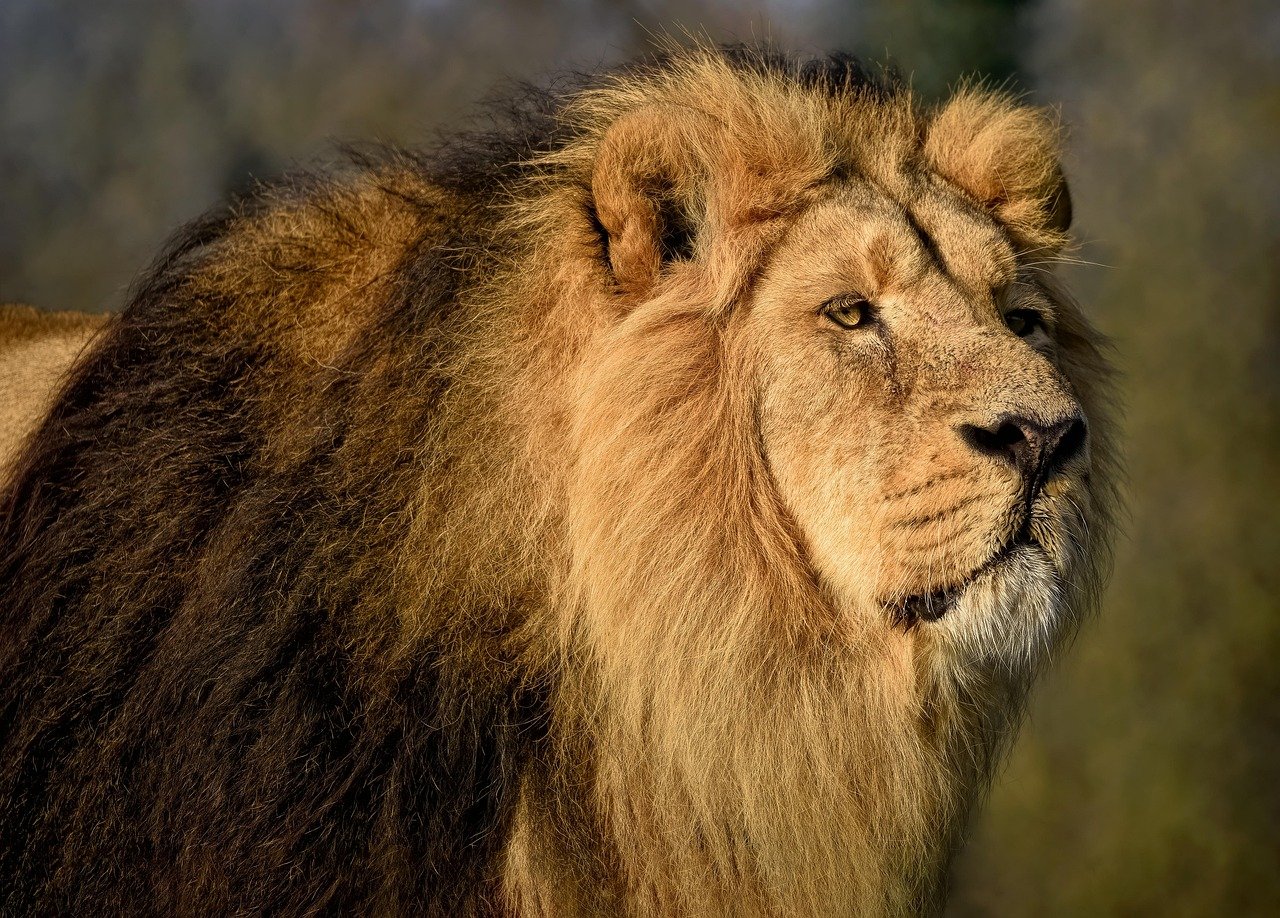
The Asiatic lion, a subspecies of the African lion, is found only in the Gir Forest of India. With a population of around 600 individuals, they are classified as endangered. Habitat loss, human-wildlife conflict, and disease pose significant threats to their survival. Conservation efforts in India have helped increase their numbers, with initiatives focusing on habitat protection and reducing human-lion conflict. Relocation programs are also being considered to establish new populations in other protected areas. Continued protection is necessary to ensure their future, and public support is crucial in maintaining the momentum of conservation efforts.
Northern Tiger Cat
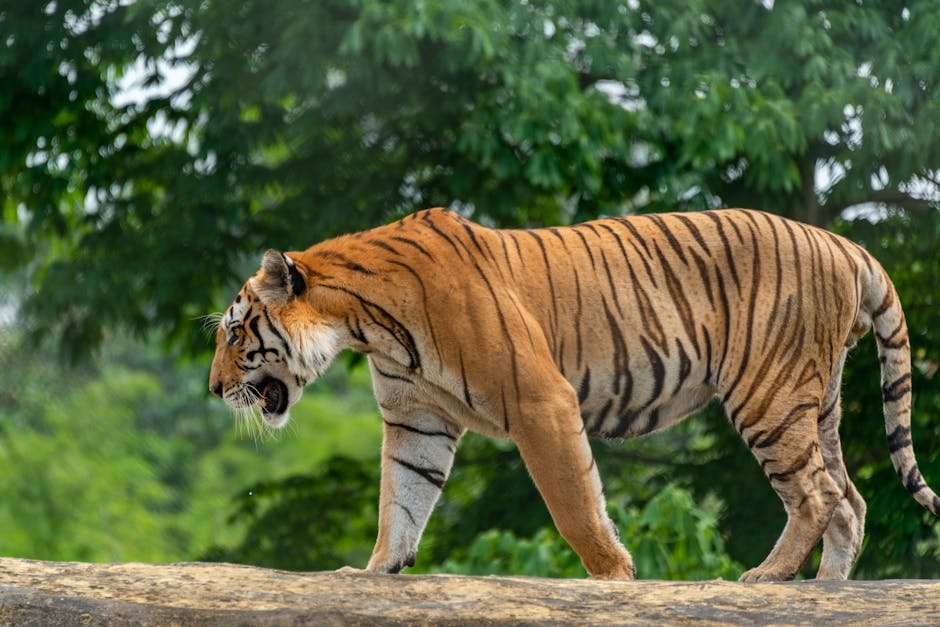
The northern tiger cat, a small wild cat found in Central and South America, is often overlooked in discussions about big cats. Their population is declining due to habitat loss and hunting. While they are not currently classified as endangered, their numbers are decreasing, and conservation efforts are needed to protect their habitats. Public awareness campaigns are essential in raising the profile of this little-known species and garnering support for conservation initiatives. Protecting the northern tiger cat’s habitat is crucial to ensuring its survival, and collaboration between governments, conservationists, and local communities is vital in achieving this goal.
Oncilla
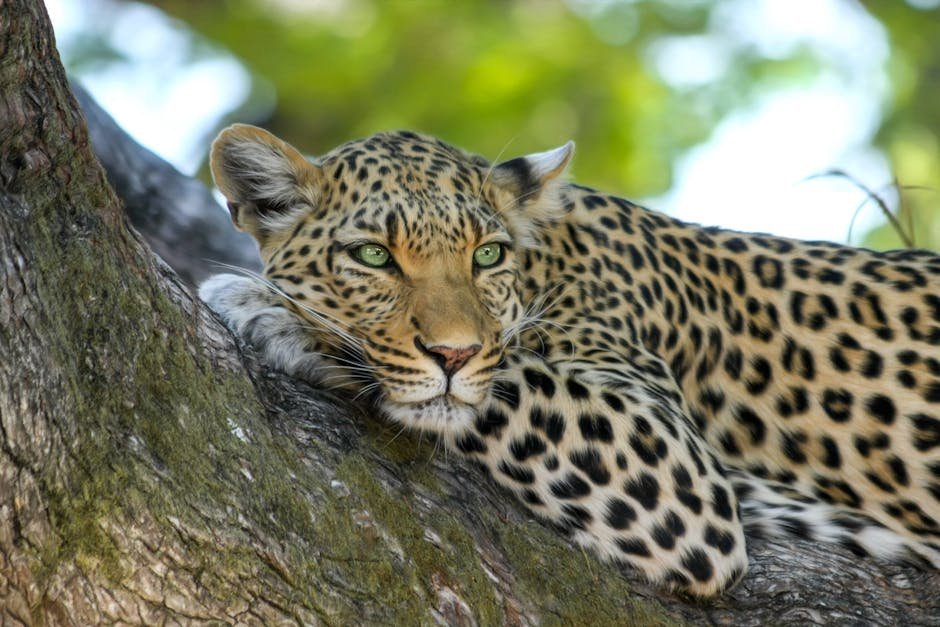
The oncilla, also known as the little spotted cat, is a small wild cat native to Central and South America. With a population that is difficult to estimate, they are classified as near threatened. Habitat destruction and poaching are significant threats to their survival. Conservation efforts are essential to protect this elusive feline and its habitat. Initiatives include establishing protected areas and promoting sustainable land-use practices. Public education and awareness campaigns are crucial in garnering support for conservation measures. The future of the oncilla depends on the success of these efforts and the commitment of local communities to protect their natural heritage.
In conclusion, while many people are aware of the challenges facing iconic big cats like tigers and lions, it is crucial to recognize the plight of lesser-known species that are equally endangered. The Amur leopard, Iberian lynx, Sunda clouded leopard, snow leopard, Pallas’s cat, Asiatic lion, northern tiger cat, and oncilla all face unique threats that require our attention and action. By supporting conservation efforts and raising awareness, we can help ensure a future for these magnificent creatures and the ecosystems they inhabit. Together, we can make a difference in the fight against extinction and preserve the beauty of our planet’s wildlife for generations to come.
Hi, I’m Bola, a passionate writer and creative strategist with a knack for crafting compelling content that educates, inspires, and connects. Over the years, I’ve honed my skills across various writing fields, including content creation, copywriting, online course development, and video scriptwriting.
When I’m not at my desk, you’ll find me exploring new ideas, reading books, or brainstorming creative ways to solve challenges. I believe that words have the power to transform, and I’m here to help you leverage that power for success.
Thanks for stopping by, Keep coming to this website to checkout new articles form me. You’d always love it!






